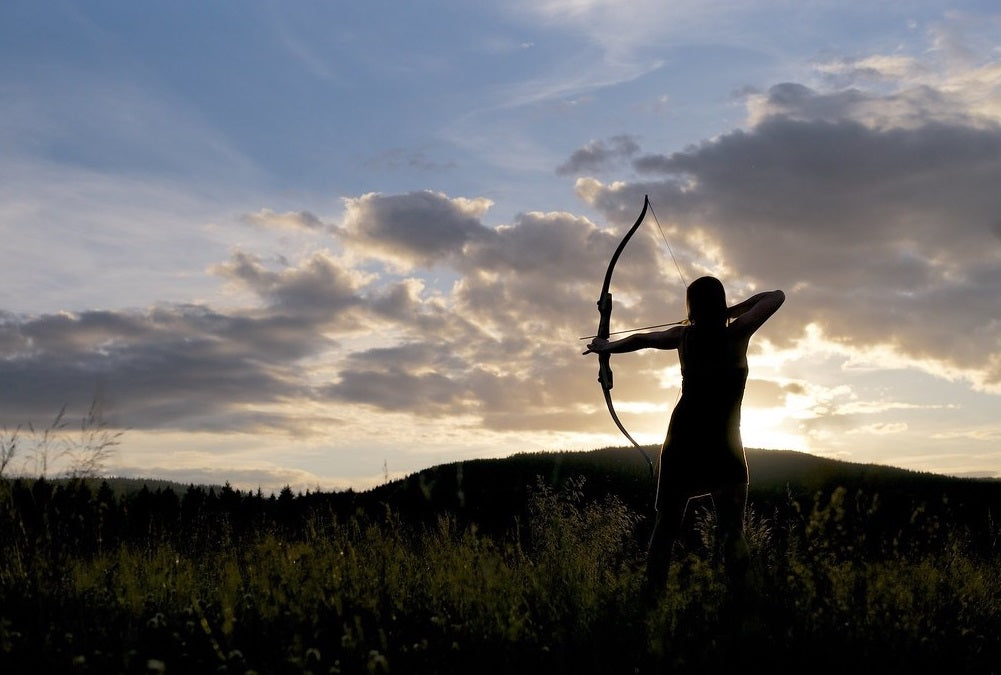A slender, doll-like target swings back and forth 30 meters from the shooting line. Sitting with your legs crossed, you raise your longbow, draw the string to your anchor point, and aim for the top-most target. After mustering every ounce of focus and determination you can find, you release your arrow and wait for the thud as it hits the pecan-sized target.
This is jemparingan, a traditional Indonesian archery competition. Jemparingan originated among the nobility in Yogyakarta, a city on Indonesia’s Java Island, a volcano-dotted landscape that houses more than half of Indonesia’s people while serving as its geographic and economic center. Yogyakarta is home to an 18thcentury royal complex that houses the Sultan’s palace, and traditional and modern jemparingan competitions.
Although originally reserved for royalty, jemparingan is now open to archers of all ages, ranks and economic classes. In fact, Art Daily writer Olivia Rondonuwu notes that every Yogyakarta region hosted its own tournament as early as the 1990s. Today, jemparingan is held every 35 days, and the year’s competitive play culminates in the Duke’s Cup at the Sultan’s palace.
So what’s it take to win the coveted Duke’s Cup? For starters, a keen eye and steady hand! The doll-like target is made of sticks and hay, and measures 3 centimeters wide (about as wide as a pecan) and 33 centimeters long. It’s split into three target areas that decrease in point value from top to bottom. Donning traditional Yogyakarta sarongs and headdresses, competitors sit cross-legged in rows and aim at the narrow, swinging target 30 meters away. Arrowing the target – known as a wong wongan – earns points and promotes mental clarity.
“Wong wongan means people,” tournament organizer Hafiz Preytomo told AFP News Agency. “It represents the people. But not actually the people. This is our ego. So we do the jemparingan to beat our ego, not other persons.”
Besides shooting while seated, the traditional jemparingan style requires archers to anchor the bowstring on their chest. However, modern competitors often anchor along the jawline like competitive shooters. Even so, arrowing a pecan-sized target requires intense patience, concentration and determination.
“This sport is training for our character because we need to attain inner peace before we shoot the arrows,” Supadmi told AFP.


